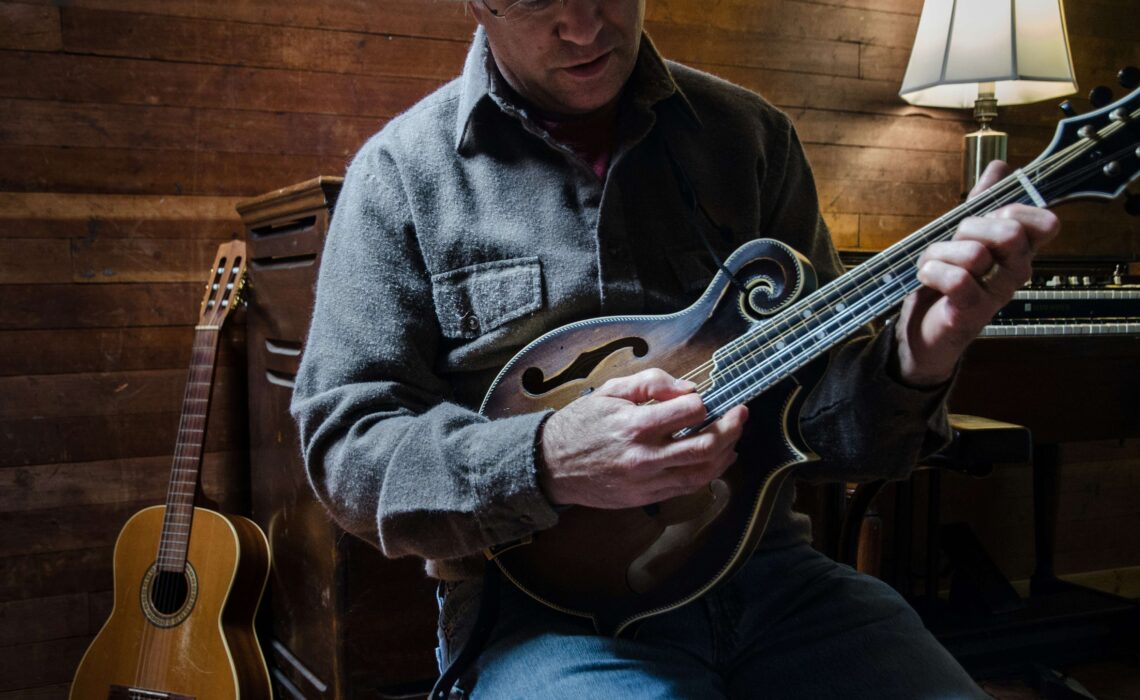
Guitar players often overlook how much they can learn from the mandolin. Its paired strings create tension and precision that challenge the hands in new ways. The difference in touch and tone forces sharper awareness of movement and control.
Exploring those differences can unlock new levels of accuracy and tone shaping. By studying the mandolin’s double courses, guitarists can develop cleaner fretting, smoother transitions, and greater sensitivity to subtle sound variations.
What Are Double Courses?
Double courses are pairs of strings tuned together, creating a bright and layered tone. The slight difference in vibration between each pair adds depth that single strings cannot replicate.
For guitarists, this design highlights how touch and precision shape sound. Learning how paired strings respond teaches control, balance, and clarity. These skills directly improve fretting accuracy and tone consistency on the guitar.
Those who want to experience the distinct sound firsthand can explore mandolins for sale. Playing a real mandolin helps guitarists understand how the paired strings interact, offering valuable insight into tension, dynamics, and tone blending.
How the Mechanics Translate to Guitar Awareness
Playing a mandolin requires even pressure across paired strings, which strengthens finger control. This precision carries over to guitar, where small shifts in touch can change tone quality. The skill of balancing tension between two strings refines fretting accuracy and reduces strain.
It also improves coordination between both hands. Picking across double courses builds steadiness, while muting unwanted noise sharpens focus. These habits create a cleaner, smoother playing style on the guitar.
Technique Drills You Can Adapt to Guitar
Practicing mandolin-inspired drills can improve precision and touch on the guitar. These exercises strengthen coordination, timing, and awareness of subtle movements that influence tone and clarity.
- Paired String Fretting: Press two adjacent strings lightly at once to build even finger pressure and improve consistency.
- Alternate Picking Across Pairs: Practice rapid up-and-down strokes between two strings to refine speed and accuracy.
- Muted Strumming: Lightly rest your palm near the bridge while strumming to control resonance and clean transitions.
- Octave Doubling Practice: Play notes an octave apart on nearby strings to simulate mandolin-style richness and balance.
Common Pitfalls and How to Avoid Them
Many guitarists press too hard when trying to mimic double-course tension, which can strain fingers and dull tone. A lighter touch produces cleaner sound and prevents hand fatigue. Keep the wrist loose and avoid unnecessary pressure on the fretboard.
Another challenge is uneven string attack. Striking both strings with equal force takes practice. Focus on slow, consistent picking patterns. Over time, muscle memory will create a balanced, even tone.
Some players also rush their transitions when adapting mandolin drills. Quick shifts can cause sloppy fingering and missed notes. Slow repetition strengthens coordination and keeps movement precise. Steady tempo builds accuracy faster than speed alone.
Lastly, avoid letting nearby strings ring unintentionally. Use subtle muting from your picking hand to maintain clarity. Training your ear to detect stray vibrations helps polish overall sound quality and control.
Wrapping Up
The art of double courses offers guitarists a chance to rethink how they connect with their instrument. It challenges precision, timing, and tone awareness in ways single strings never could. Exploring mandolin techniques builds confidence and control, shaping a more intentional playing style. When guitarists embrace lessons from the mandolin, they discover a deeper level of skill rooted in discipline, sensitivity, and musical balance.


